HERE IS LIGHT!HERE IS LIFE!
www.whitesunredmoon.com
WSRM---How to choose the LED TRACKlights?
Track lighting has come of age. Instead of the clunky tracks and
heads, today’s track lights have many options for both the track itself as well
as the size, style, and color of the light fixtures.
Tracks are easy to install, even when remodeling or redecorating a room, since power is usually already available in the wiring of an existing ceiling fixture. Track lights are perfect when you want to accent objects with light or work under a directional task light.
Here are some basic tips on what to look for when considering installing track lighting.
Why You Want Track Lighting
You may want to select the type of bulb you prefer before selecting the heads and track for your system.
Tracks are easy to install, even when remodeling or redecorating a room, since power is usually already available in the wiring of an existing ceiling fixture. Track lights are perfect when you want to accent objects with light or work under a directional task light.
Here are some basic tips on what to look for when considering installing track lighting.
Why You Want Track Lighting
- Track lighting is a contemporary fixture that’s as perfect for new construction as it is for renewed spaces in existing homes.
- Tracks are versatile, allowing flexibility in sizing, placement and fixture styles.
- Lights can be aimed at artwork, countertops, walls, or other room features as needed, making them infinitely useful if you like to change your furniture or artwork around from time to time. Go with white fixture heads to blend into a ceiling or make a statement with black or silver heads.
- Tracks are especially handy when a room has an existing electrical box in the ceiling yet needs additional light directed throughout the room. For example, install a track in an older kitchen or home office when you can replace an outdated ceiling light with a track that aims light right where you need it -- on work surfaces and into pantries or closets.
- Run a straight track along a hallway ceiling and aim fixtures at artwork on either wall.
- Customize a track to fit your kitchen space. A U-shaped configuration may allow you to place light right where you need it – over an island or onto the countertops.
- Install a track 20- to 40-inches out from the walls in a room.
- Consider installing a track to highlight a large collection of artwork hung over a mantel or on a wall, since the heads can be adjusted to point at specific areas of the display.
- A track installed in a dark closet will let you position a number of heads right where you need light – on clothes or shelves.
- Higher ceilings can take track units that are dropped from a central electrical box location or via stems or cable systems.
- Watch that track heads won’t interfere with the operation of doors, cabinets, or other movable room elements.
- Heads are available in large, small, and mini sizes.
- Track ligthing is manufactured in specific lengths (such as 4- or 8-foot sections), though track sections can be joined via connectors in a straight line, L-shape, or T-shape.
- When purchasing track lighting, buy all of the parts from one manufacturer, since components are not interchangeable.
- Power runs through the track to run each light head that is clipped into the track.
- The heads can usually be pointed in any direction or rotated up or down, or side to side as needed.
You may want to select the type of bulb you prefer before selecting the heads and track for your system.
- Line voltage halogen lamps (also known as PAR lamps) are good all-purpose bulbs for most applications.
- MR16’s (also known as low voltage halogen) are best for accent lighting and also require transformers either on each fixture head or installed into the ceiling.
- Track lighting is specialized lighting and is not designed for use as general light in a room.
- Rooms with low ceilings are not good candidates for track lighting, since the heads hang down from the ceiling and could present an obstacle.
- Finally, consider other lighting alternatives for spaces that are decorated very traditionally or formally, where track lighting may have too contemporary a look.
- Get advice from an experienced electrical salesperson on what parts are
needed for a track lighting installation in your space – including connectors,
heads, tracks, and other parts. In some local areas you may be required to
obtain building permits to upgrade lighting, so check to make sure. If this
project is too advanced for your skills, have your new track lights installed by
a qualified electrician.
WE HAVE A DREAM:BRING OUR LEDlights TO THE WORLDWIDE!
www.whitesunredmoon.com
http://zgledn.yglm.mobi/SALES CONTACTITALYTorino
39011redmoon1@myledonline.com
Rome
3906whitesun1@myledonline.com
SPAIN
Barcelona
3493redmoon1@myledonline.com
GERMANY
Berlin
4930whitesun1@myledonline.com
FRANCE
Paris
331redmoon1@myledonline.com
ENGLAND
London
4420whitesun1@myledonline.com
RUSSIA
Moscow
7499redmoon1@myledonline.com
FINLAND
Helsinki
3589whitesun1@myledonline.com
NORWAY
Oslo
47whitesun1@myledonline.com
AUSTRIA
Vienna
431whitesun1@myledonline.comNETHERLANDAmsterdam3120whitesun1@myledonline.com
SWITZERLAND
Zurich
4144whitesun1@myledonline.com
TURKEY
Istanbul
90216whitesun1@myledonline.com
BELGIUM
Brussels
322whitesun1@myledonline.com
SWEDEN
Stockholm
468whitesun1@myledonline.com
HUNGARY
Budapest
361whitesun1@myledonline.com
SCOTLAND
Glasgow
44141whitesun1@myledonline.com
ICELAND
Reykjavik
354whitesun1@myledonline.com



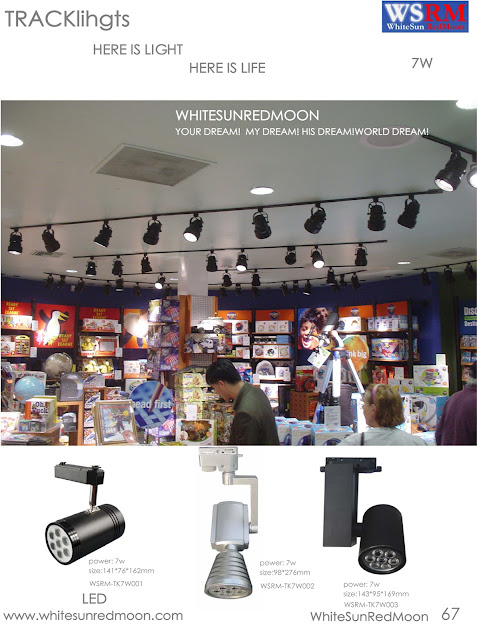
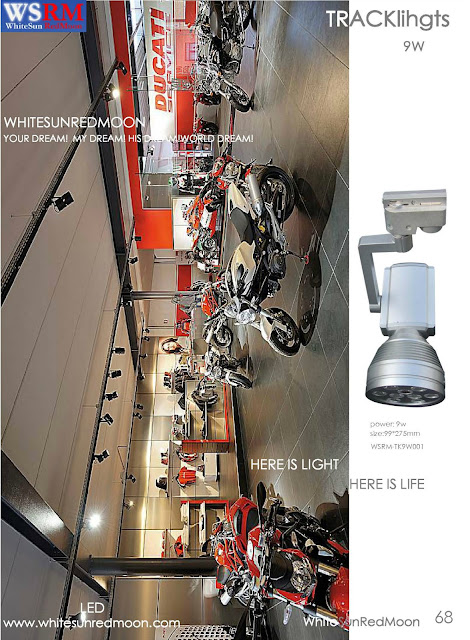

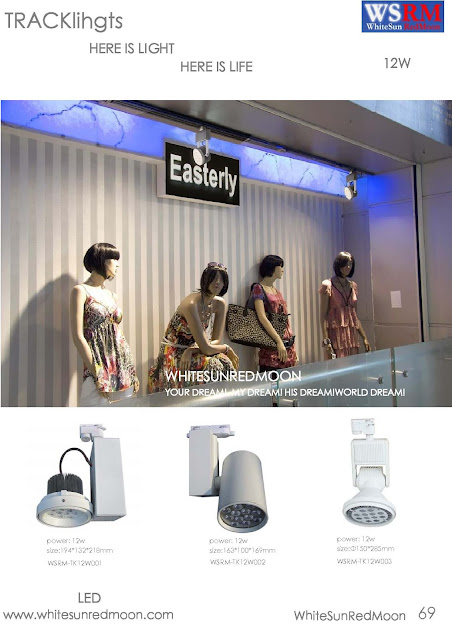
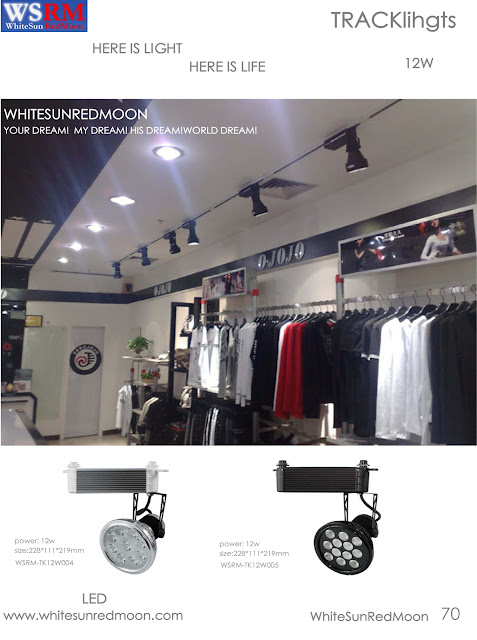
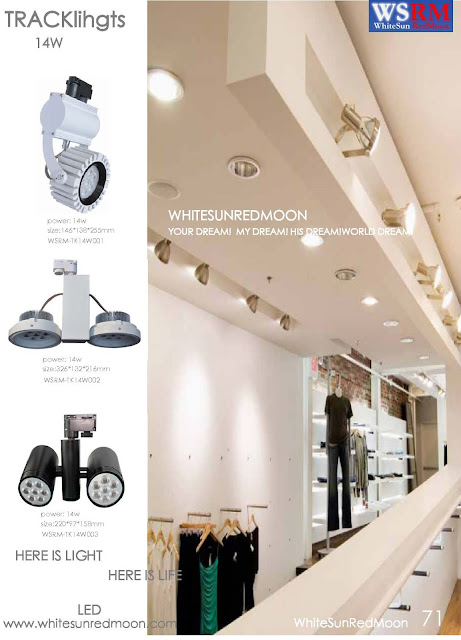
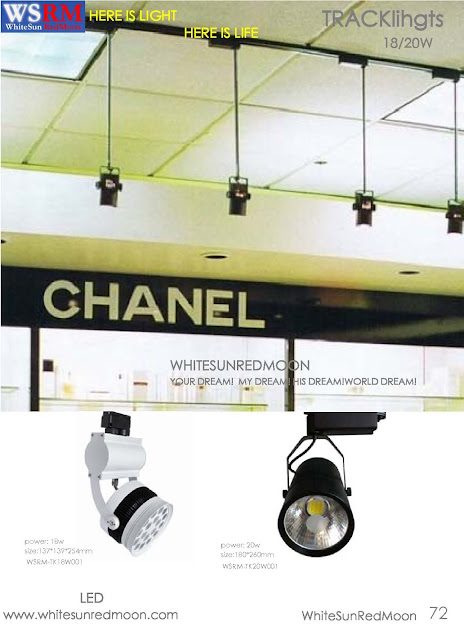

No comments:
Post a Comment